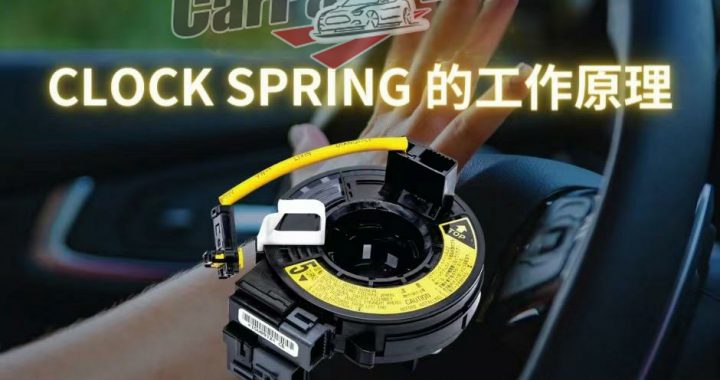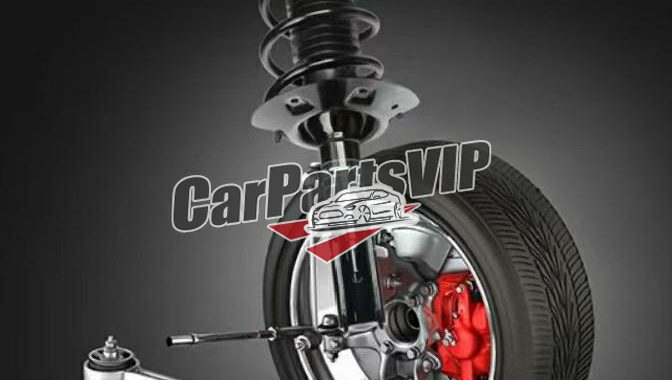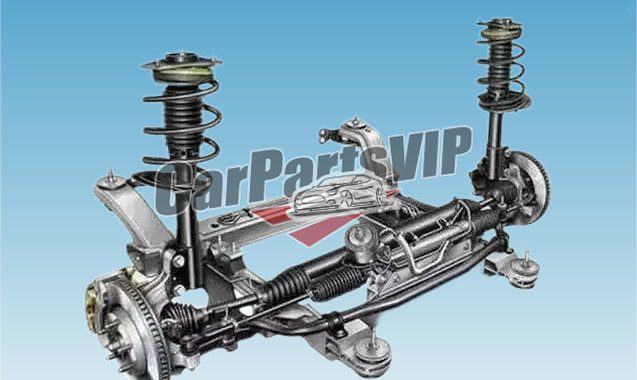The automobile brake system is a safety guarantee for vehicle driving. Currently, the widely used ones are mainly disc systems and drum brake systems. Although the drum brake system is gradually withdrawing from the mainstream market, it is still used in some economical cars because of its low cost and stable braking effect. It is mainly used in the rear wheels with small braking loads and the hand brake when parking. A typical drum brake system is mainly composed of a back plate assembly, a brake drum, a wheel, and a wheel nut. First, let’s look at the brake drum and the back plate assembly. The brake drum is generally cast from iron, which has high strength, wear resistance and heat resistance. The brake drum is connected to the wheel. When braking, its inner wall rubs against the brake pad to generate huge friction resistance, and the brake drum is forced to slow down and stop rotating. The back plate assembly is composed of a combination of various parts, and each component plays its unique role. The back plate base is also cast from iron. It has many concave and convex grooves and various holes on it. Its function is to provide a solid chassis support for other components. The two semicircular arc parts are brake shoes, also called brake blocks. It is two steel frames fixed on the back plate base, and high-density friction material brake pads are attached to their outer walls.
Let’s look at the wheel cylinder. There is a hydraulic piston at each end of the wheel cylinder. When the brake pedal is pressed, the hydraulic system applies pressure to the wheel cylinder. Under the action of the hydraulic pressure, the two pistons are forced to push to both ends. The brake shoes on both sides will also open outward under the influence of the piston thrust. At this time, the brake pads on the outer wall of the brake shoes are attached to the brake drum and produce friction to form braking resistance, and the wheels are forced to slow down. Let’s look at the two pressure springs, which are responsible for fixing the brake shoes to the back plate. The fixed spring, when the brake pedal is released, the fixed spring can return the brake shoes to their original position, so that the braking force disappears and the wheels can turn again. Next is the automatic brake clearance adjuster, which is an automatic device. When the brake pads are worn, the gap between the brake pads and the brake drum will increase. This device can automatically adjust the gap between the brake pads and the inner wall of the brake drum so that they always maintain a standard distance. This can solve the problem that the brake pedal must be stepped on to the bottom to work after the brake pads are worn and thinned. Next, let’s take a look at the working principle of the clearance adjuster. The adjuster can be divided into three sections. The black part in the middle is a gear shaft. When it rotates one circle, the adjuster will automatically increase a little. Every time the brake is applied, the adjuster will be linked to self-adjust, so there is no need to manually adjust the excess clearance.
Finally, let’s look at the braking principle of the handbrake. The brake cable is connected from the back of the backplate base and is connected to the brake handbrake. When the handbrake is pulled, the brake cable pulls the brake rod. Under the influence of the fulcrum, the brake rod will push the left brake shoe to the left through the clearance adjuster to open it. At this time, the brake pad on the shoe fits with the inner wall of the brake to form resistance, thus successfully locking the brake drum and the wheel.


















